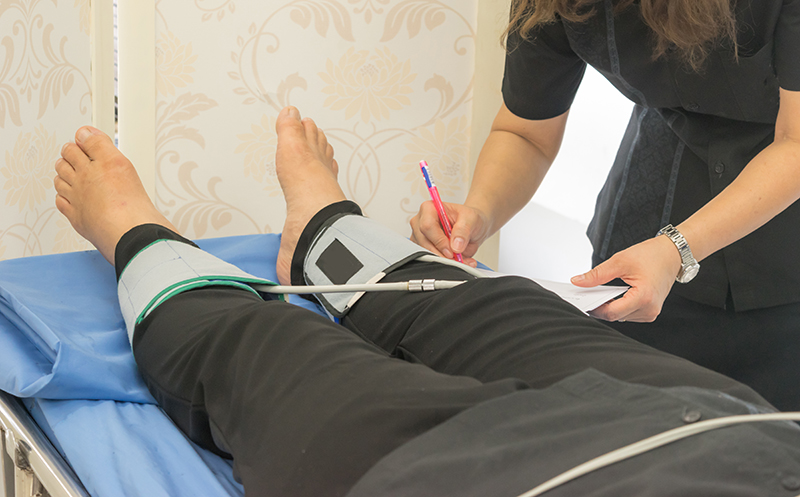
The disorder known as peripheral arterial disease (PAD) causes the arteries that carry blood to the limbs to narrow or obstruct, which reduces blood flow. Some of the signs of PAD include:
- Physical activity-related pain or discomfort in the legs, thighs, or buttocks that subsides with rest
- Numbness or weakness in the legs.
- Lower leg or foot coldness or numbness, especially in comparison to the other limb.
- Unhealing wounds on the feet, legs, or toes.
- On the feet and legs, hair is falling out.
- Legs or feet have a weak pulse.
- Men’s erectile dysfunction.
- Leg discomfort that gets worse at night or while lying down.
Reduced blood flow to the legs is brought on by plaque buildup in the arteries. While PAD cannot be reversed or cured, it can have its course slowed down and its symptoms controlled through medication, lifestyle modifications, and in some cases, surgery.
The risk of PAD spreading further can be decreased by making lifestyle changes such as stopping smoking, maintaining a healthy weight, exercising frequently, and controlling blood pressure, cholesterol, and blood sugar levels. The treatment of PAD may also involve the use of pharmaceuticals such as blood thinners, cholesterol-lowering agents, and therapies that increase blood flow.
Surgery may be required in severe PAD cases to reestablish blood flow to the afflicted areas. Clogged arteries can be opened using techniques like angioplasty and stenting, and in some situations, bypass surgery may be necessary.
While PAD cannot be completely reversed, its symptoms can be addressed and the risk of complications like heart attack and stroke can be decreased with the right management and treatment. If you think you might have PAD or have any worries about your cardiovascular health, it’s crucial to speak with a healthcare provider.



